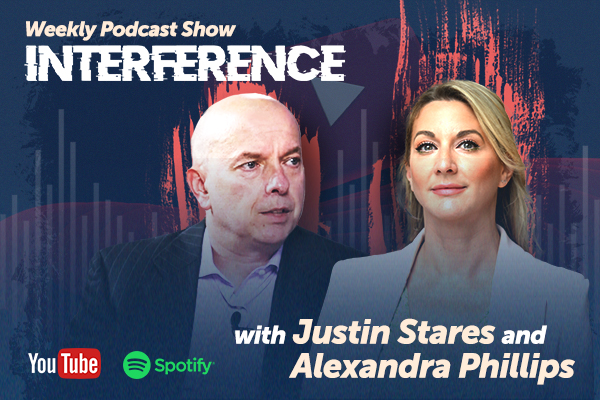President Trump’s Republican Party got shellacked in state elections earlier this month. This doesn’t mean he’s in political trouble yet, but it does portend a change in course over the next year.
There was no way to find a silver lining in the results from Virginia’s and New Jersey’s votes. The Democratic candidates for governor won by 15 and 13 points, respectively, while the party gained a host of seats in each state’s legislature. Voters even elected a Democratic candidate who had exchanged texts in which he wished a Republican legislator and his children would be killed because of their political views.
This debacle coincided with a sudden drop in Trump’s job approval rating nationwide. Trump now sports a 43 per cent rating on the Real Clear Politics polling average, down from 45 per cent a week before the state elections.
That quick drop is a clue that things may not be as bad for Trump as the election outcome suggests. The partisan showdown over the federal government’s budget had intensified in that week, as shortages of air traffic controllers had started to lead to airline flight cancellations and a key welfare programme was running out of money to fund benefits.
Voters likely started to take a dim view of the government shutdown at the worst time possible for Republicans.
One also has to put the defeats into perspective. Both states are Democratic strongholds. Trump lost each by around 6 points in 2024, which was a significant improvement on his double digit 2020 defeats there. Had Republicans only lost by 6-10 points, the national forecast for the party would actually have been relatively decent.
The fact that they were defeated by so much more, combined with Trump’s job approval decline, suggest that Democrats are currently poised to recapture the House and perhaps gain a seat or two in the Senate in next year’s midterms. The question now is what Trump can do to forestall that outcome.
He’s already done the first thing by signing a bill to end the government shutdown. He needs to prevent further shutdowns in 2026, even if that means giving Democrats more than he wants in next year’s budget negotiations.
More importantly, however, he needs to focus less on foreign affairs and more on the bread and butter cost of living issues that still concern Americans.
Inflation has levelled off at around 3 per cent a year, with much sharper rises in certain high profile purchases such as beef. Trump’s tariffs have not caused the dramatic increase in prices many economists had feared, but they certainly are placing upward pressure on inflation.
Trump’s recent decisions to eliminate or reduce many tariffs on foodstuffs such as coffee, beef and bananas are a good step in the right political direction.
Trump also will need to balance his drive for tariff-driven reinvestment in America with short-term economic adjustments. Tariff policy inevitably will cause short-term economic pain before any investment gain are felt. His proposal to send Americans $2,000 tariff rebate checks will not likely be passed by Congress, but it wouldn’t be surprising to see a smaller check be approved to help Americans cope.
He also needs to look carefully at his immigration policies. Americans generally approve of his crackdown on illegal migration, but the tactics employed by immigration agents often strike them as unnecessarily brutal. Paying more attention to optics and reducing the number of high-profile raids would likely help Trump’s approval rating.
It’s not unusual for presidents to suffer during their initial year or two in office. Ronald Reagan, Bill Clinton and Barack Obama all suffered big defeats in their first midterm elections only to be re-elected. Trump can’t run again, but Vice President JD Vance easily could if Trump’s dramatic efforts to recast the American economy begin to pay off by 2028.
That longer term focus is what ultimately will determine whether Trump’s effort to change America’s direction succeeds.
Trump is pushing for the most significant change in American trajectory since Reagan in 1980. He wants the economy to shift its focus from consumption to production while he also wants America’s global focus to shift from a multi-lateral forward defence of a global order to a regional-based support for strongly armed allies.
Both incumbent structures evolved over decades. They cannot be reversed in mere months. There will inevitably be pain during those transitions.
But if Trump’s plan works, by 2028 Americans will see low inflation, a strong job market, and increased manufacturing and energy production at home. They will also see a stronger military backing up allies whose militaries will also have grown to meet Russian and Chinese threats.
Combined with a new alliance structure in the Middle East that will allow a drawdown of American forces stationed in the region, Americans could see a world with fewer conflicts requiring direct American support or involvement.
That would likely lead to a resounding endorsement of Vance and Trumpism in 2028.
Trump’s efforts could fail, in which case the defeats of this November will likely intensify and lead to a Democratic resurgence over the next few years. It’s far too early, however, to be certain such a rebound is already in the cards.





Populism gains in The Netherlands, despite Wilders’ seeming failure